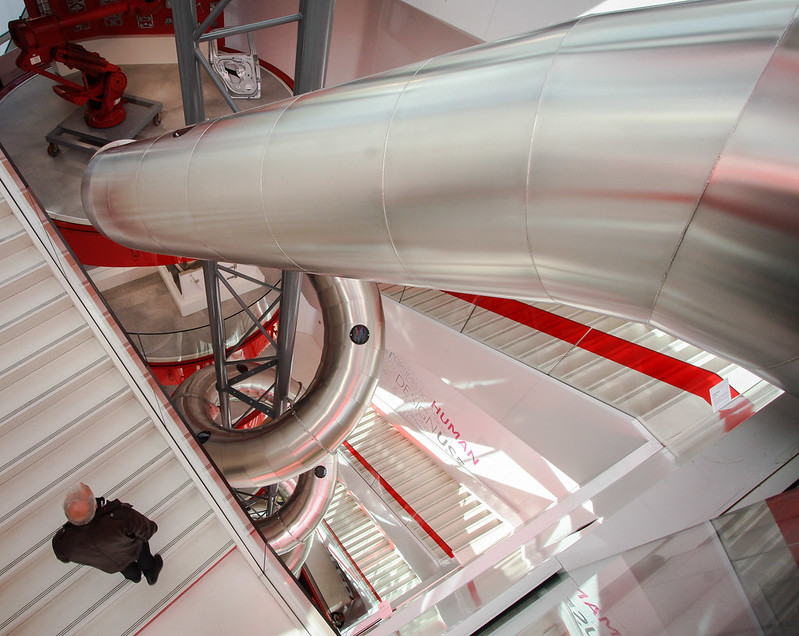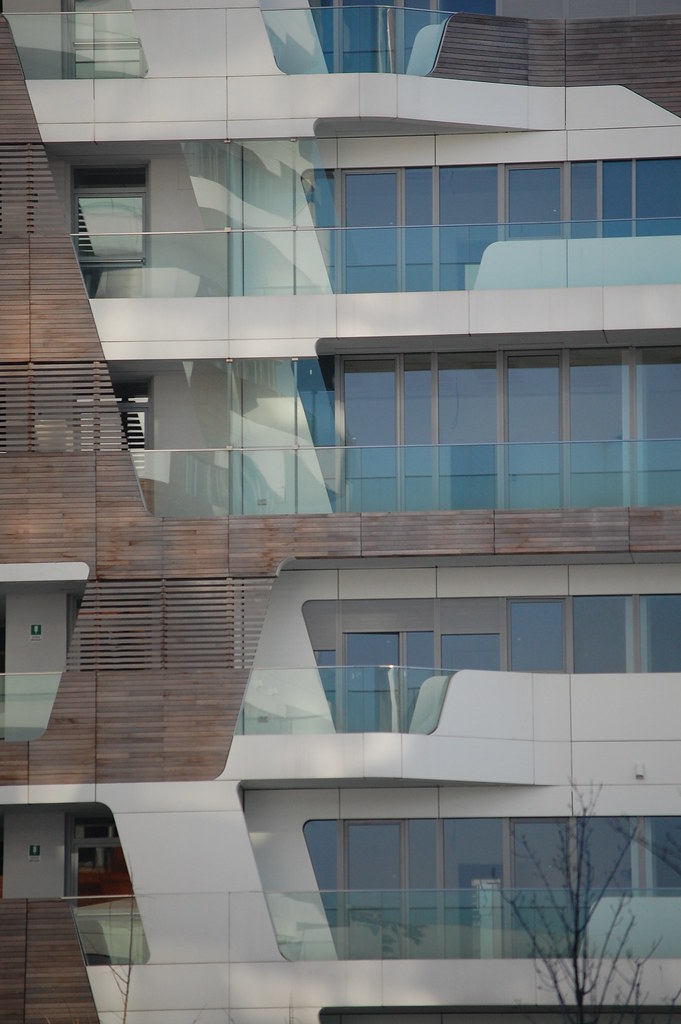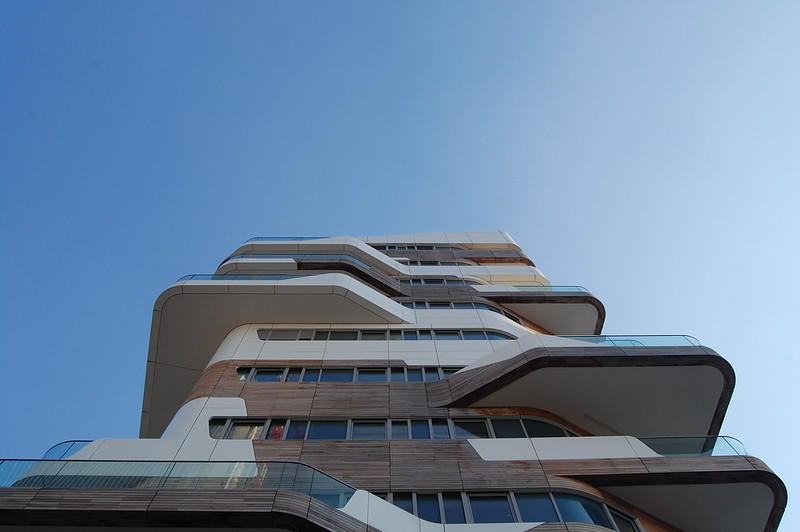Extrastatecraft: The Power of Infrastructure Space by Keller Easterling
Verso Books, 2014
Hardcover, 252 pages

Recently, the Center for Architecture hosted two book talks organized by the AIANY Oculus Committee that I attended: one on Keller Easterling's Extrastatecraft, and on on Justin McGuirk's Radical Cities. Though both have subjects quite separate from each other, they share some traits, including their publisher, Verso, known for intellectual, left-wing titles. And while Easterling's and McGuirk's book have these qualities in common, they are both surprisingly readable, regardless of their complex and ambitious topics. Here I discuss Easterling's book, and in a future post I'll discuss McGuirk's book.

On March 16, Easterling spoke at the Center about her book, which follows Enduring Innocence (MIT Press, 2005) and Organization Space (MIT Press, 2001). Generally, all three books explore how physical (buildings, landscapes) and abstract (companies, governments) entities are structured and how they work. The emphasis is on the infrastructure that underlays anything modern: buildings, industries, corporations, public spaces, anything that structures our daily lives. Extrastatecraft can be seen as the culmination of these explorations, focusing on free trade zones, broadband communications, and quality management standards.
Easterling spoke about each area in her talk, but "the zone" prevailed over the others, partly because she devoted more time to it, but mainly because free trade zones are absurd creations that have flourished despite their inability to deliver what they promise; regardless, they have become default conditions of economic development. Her book dissects the workings of zones and the other components of extrastatecraft, what she defines as "a portmanteau meaning both outside of and in addition to statecraft" in which state, non-state, military, market, non-market organizations "have now attained the considerable power and administrative authority necessary to undertake the building of infrastructure."
Her goal is to provide a "manual" for "hacking" the infrastructure toward more equitable ends, such as social justice and labor rights. But who is to say that hackers following her impetus would be so just? The thrift of examples embodying her principles (apparent in both the book and in the Q&A section of the book talk) is just one indication that the application of her research and writing is still to come. What she has done in her work (much of it firsthand) is illuminating, to say the least, and certainly a call to question the developments (some of them shown below in a slideshow that ended her talk) that proliferate and turn parts of our world into ccokie-cutter enclaves geared to profit and very little else.
Verso Books, 2014
Hardcover, 252 pages

Recently, the Center for Architecture hosted two book talks organized by the AIANY Oculus Committee that I attended: one on Keller Easterling's Extrastatecraft, and on on Justin McGuirk's Radical Cities. Though both have subjects quite separate from each other, they share some traits, including their publisher, Verso, known for intellectual, left-wing titles. And while Easterling's and McGuirk's book have these qualities in common, they are both surprisingly readable, regardless of their complex and ambitious topics. Here I discuss Easterling's book, and in a future post I'll discuss McGuirk's book.

On March 16, Easterling spoke at the Center about her book, which follows Enduring Innocence (MIT Press, 2005) and Organization Space (MIT Press, 2001). Generally, all three books explore how physical (buildings, landscapes) and abstract (companies, governments) entities are structured and how they work. The emphasis is on the infrastructure that underlays anything modern: buildings, industries, corporations, public spaces, anything that structures our daily lives. Extrastatecraft can be seen as the culmination of these explorations, focusing on free trade zones, broadband communications, and quality management standards.
Easterling spoke about each area in her talk, but "the zone" prevailed over the others, partly because she devoted more time to it, but mainly because free trade zones are absurd creations that have flourished despite their inability to deliver what they promise; regardless, they have become default conditions of economic development. Her book dissects the workings of zones and the other components of extrastatecraft, what she defines as "a portmanteau meaning both outside of and in addition to statecraft" in which state, non-state, military, market, non-market organizations "have now attained the considerable power and administrative authority necessary to undertake the building of infrastructure."
Her goal is to provide a "manual" for "hacking" the infrastructure toward more equitable ends, such as social justice and labor rights. But who is to say that hackers following her impetus would be so just? The thrift of examples embodying her principles (apparent in both the book and in the Q&A section of the book talk) is just one indication that the application of her research and writing is still to come. What she has done in her work (much of it firsthand) is illuminating, to say the least, and certainly a call to question the developments (some of them shown below in a slideshow that ended her talk) that proliferate and turn parts of our world into ccokie-cutter enclaves geared to profit and very little else.



























